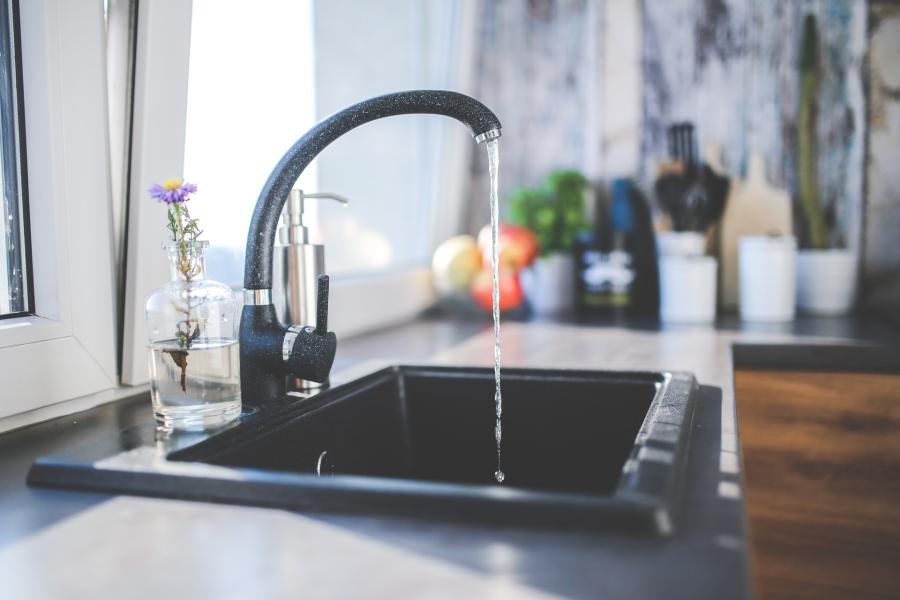Plumbing Tips for the Best Quality Tap Water

We take great pride in delivering safe, high-quality drinking water to your home. Your plumbing also plays an important role in maintaining the quality of water coming from your tap.
Here are a few plumbing tips to make sure the best quality tap water reaches your glass.
Flush Water Lines
Flushing just means turning on the cold water faucet and letting the water run for a few minutes so that you’re using the freshest tap water.
Why do this? When you’re not home to use your water, it sits stagnant in your pipes. If water has been sitting for an extended period of time, such as when you are on vacation, a few things can happen.
Chlorine added during the water treatment process to kill germs and make the water safe can dissipate. And when there is no chlorine in the water, bacteria have an opportunity to grow.
Stagnant water can result in corroded material from plumbing dissolving into the water. This can result in discolored water.
Learn more about why and how to flush plumbing.
Clean Aerators
An aerator is a fine mesh screen screwed into the bottom of most indoor faucets. The screen separates the single stream of water flowing through your pipes into dozens of tiny streams. This reduces the volume of water while enhancing the pressure.
It also collects tiny mineral and plastic deposits from inside your plumbing and water heater that can flake off over time.
Cleaning your aerator takes only a few minutes and should be done at least twice a year and after any work on your plumbing system or disruptions in water service.
Learn how to clean your aerator.
Maintain Water Heaters
Properly maintaining your water heater is one of the best ways you can maintain the high quality of the drinking water delivered to your home.
Water quality issues such as a bad smell or taste or discoloration that occur when you turn on your hot water tap, but not your cold, can likely be traced back to your water heater.
Without regular maintenance, corroded materials accumulate inside your water heater. This material can enter into hot water pipes and cause your hot water to appear rust-colored. It can also cover the burners that heat water, preventing the water from being heated to a high enough temperature. This can cause bacterial growth in your tank and result in hot water that has a bad smell and taste.
